Feature Page SEO For SaaS: Non-Branded Keywords For Organic Traffic via @sejournal, @wanderinghelene
While it's more challenging to market SaaS organically, get creative and bring in more qualified leads with this guide. The post Feature Page SEO For SaaS: Non-Branded Keywords For Organic Traffic appeared first on Search Engine Journal.

Inspired by the SEO strategies embraced by Adobe and Canva, I began studying feature pages and the possibility of leveraging non-branded keywords to increase conversions.
A couple of months ago, I began building an SEO “swipe file” for SaaS and software brands, ranking the first page with non-branded keywords on their feature pages.
Initially, this was meant to be an easy project. Drop a few examples, and use this in my work with clients and colleagues to show what is possible.
Then it became very clear that many websites are not utilizing this strategy, so digging through hundreds of pages resulted in 30 winners.
In this article, we will explore why considering non-branded keywords for your landing pages is a profitable strategy, and bust a few SEO myths about building an optimized page.
Leveraging Non-Branded Keywords On Landing Pages
Landing pages aren’t typically an area SEO pros are shouting about, because the content is seen as thin and unable to rank due to low word count. Landing pages also don’t lend themselves to backlinks compared to other pieces of content.
Let’s rewind and clarify what I mean by landing page.
Viola Eva wrote an excellent article for Ahrefs about landing page SEO, and defines landing pages as “web pages designed to convert traffic into leads.”
This includes feature, product, and solution pages, as well as competitor pages, use cases, or lead magnets.
While we can argue about the linguistics of it all, the point is that solution, industry, and feature pages can be optimized for organic reach. In fact, they’re quite powerful converters.
I dug into over a hundred feature pages to study what it takes to rank on the first page, and the results are quite compelling.
Disclaimer: I work for Flow SEO, which helped support this research through access to Ahrefs, and some of the companies included in the list are our clients.
Identifying Opportunities For Non-Branded Feature Pages
Unfortunately, we can’t be Salesforce or Oracle – which people know by name, and search their products with branded queries.
Optimizing your feature page for non-branded keywords is an opportunity to drive organic traffic for those who are not brand loyal yet. This is a chance to really let your product features shine.
Should all features receive a page? Probably not.
I advise creating one all-features page as a hub and creating feature pages for strong contenders.
So how do we identify the right feature pages?
We get our hands dirty in keyword research and search engine results pages (SERPs).
This is a “put yourself in their shoes” exercise. Make a list of all the words or phrases around that feature while also imagining what one would search for if they were in the market for that product.
How is it used? What industries does it apply to? What problem does it solve?
This is where you will compile a list of potential keywords and use those to investigate whether the search intent, as depicted in the SERPs, matches the website’s feature page.
Tips for identifying pages and keywords:
Features like reports, SMS notifications, or other standard features are too vague as queries and will most likely never rank – unless there is a niche hook (i.e., industry, business size, etc.) Get creative with keyword options by using action words like “find influencers” or “plagiarism checker.” People use these queries when they are in a moment of need and potentially ready to convert. Avoid trademarking or branding anything in the keyword, especially if you are relatively new to SEO. Here are the top non-branded keywords found in my research: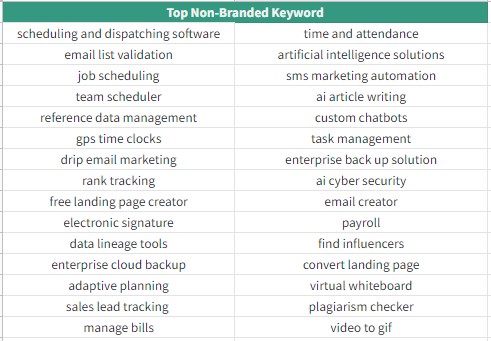 Screenshot from Ahrefs, December 2022
Screenshot from Ahrefs, December 2022
Now, simply seeing that other brands have feature pages on the first page doesn’t mean your site will, too.
Click through the pages, and try to understand the audience and industries they are targeting.
It doesn’t have to be difficult.
One of my favorite ways to do this is simply to ask my clients about their product, noting specific phrases and the language they use, and also ask about how their clients are using the product or specific feedback around that feature.
Interviewing your client or target audience is the single best way to connect through a shared language and perspective.
SEO Tips For Optimized Feature Pages
These recommendations are based on studying an endless number of feature pages, which resulted in a final list of 30 SaaS and software feature pages with first-page rankings for non-branded keywords.
There Is No Recommended Word Count
Previously, I mentioned how some people might not consider a landing page as an SEO opportunity.
One of the main reasons for this is that there is a false belief that the page needs to have a lot of text to rank.
My research shows that this is a completely false assumption.
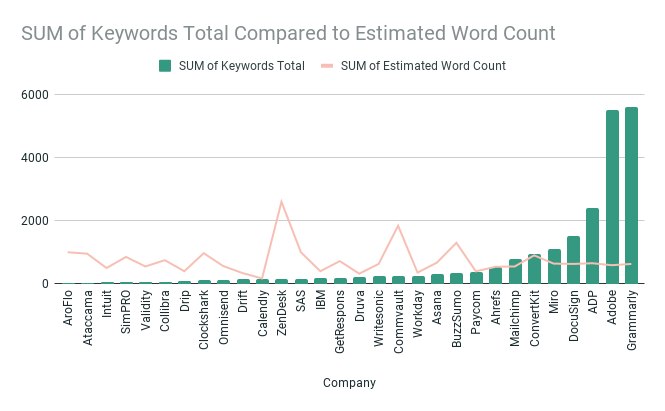 Screenshot from Ahrefs, December 2022
Screenshot from Ahrefs, December 2022
The estimated word count of the 30 feature pages examined is 170-2,600.
As you can see in the chart above, the highest word count is for ZenDesk’s feature page.
This page is in the bottom half of the 30 regarding total keywords and referring domains.
While Grammarly and Adobe dominate total keywords, their word count is relatively low.
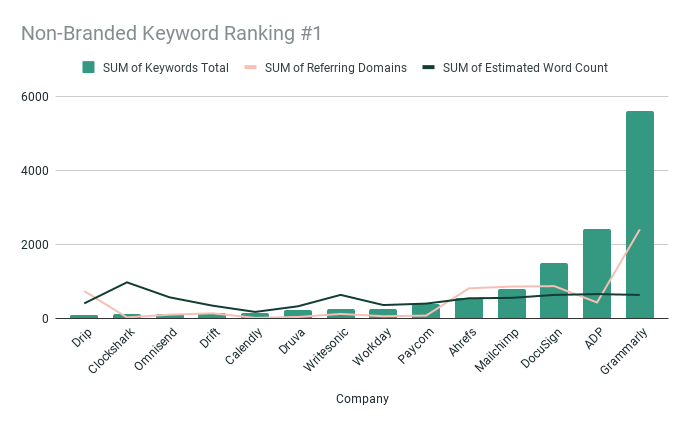 Screenshot from Ahrefs, December 2022
Screenshot from Ahrefs, December 2022
Breaking this down further, the chart above shows those sites with non-branded keywords ranking number one.
Once again, word count does not significantly rank these pages, as word count ranges from 170 to 970.
Rather, this suggests those pages are content-specific and answer someone’s query adequately.
Backlinks Won’t Make Or Break Your Page
The good news doesn’t stop with a lower word count.
This research also shows that referring domains is not a priority or not necessary.
At the absolute lowest, one feature page had 3 referring domains, and the highest had 2,400.
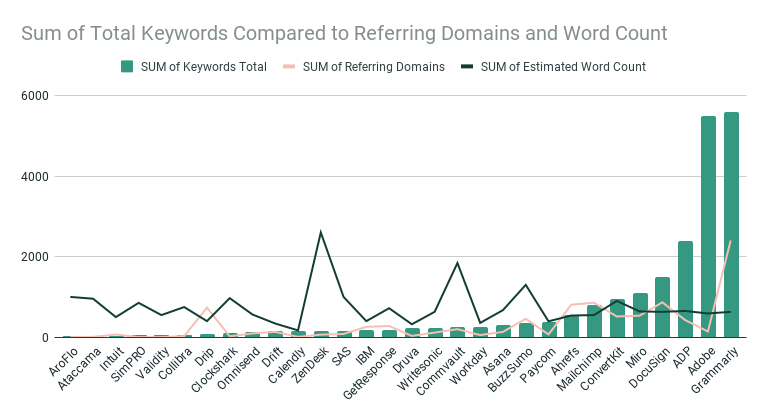 Screenshot from Ahrefs, December 2022
Screenshot from Ahrefs, December 2022
The above chart may look familiar, but I included a line for referring domains to the URL this time.
Interestingly, it doesn’t show a strong relationship with the total number of keywords on the page or word count.
Create A Free Tool
One thing that stood out the most to me while doing this research is that leveraging a feature of your overall product and making it available as a free tool is a great strategy.
This free tool doesn’t have to have all the same capabilities as your paid tool, but just enough to be useful for people actually to use, maybe even more than once.
Grammarly is a great example of this strategy.
Its feature page for plagiarism features a free tool for scanning a document or text, and it’s the first thing you see when you land on it.
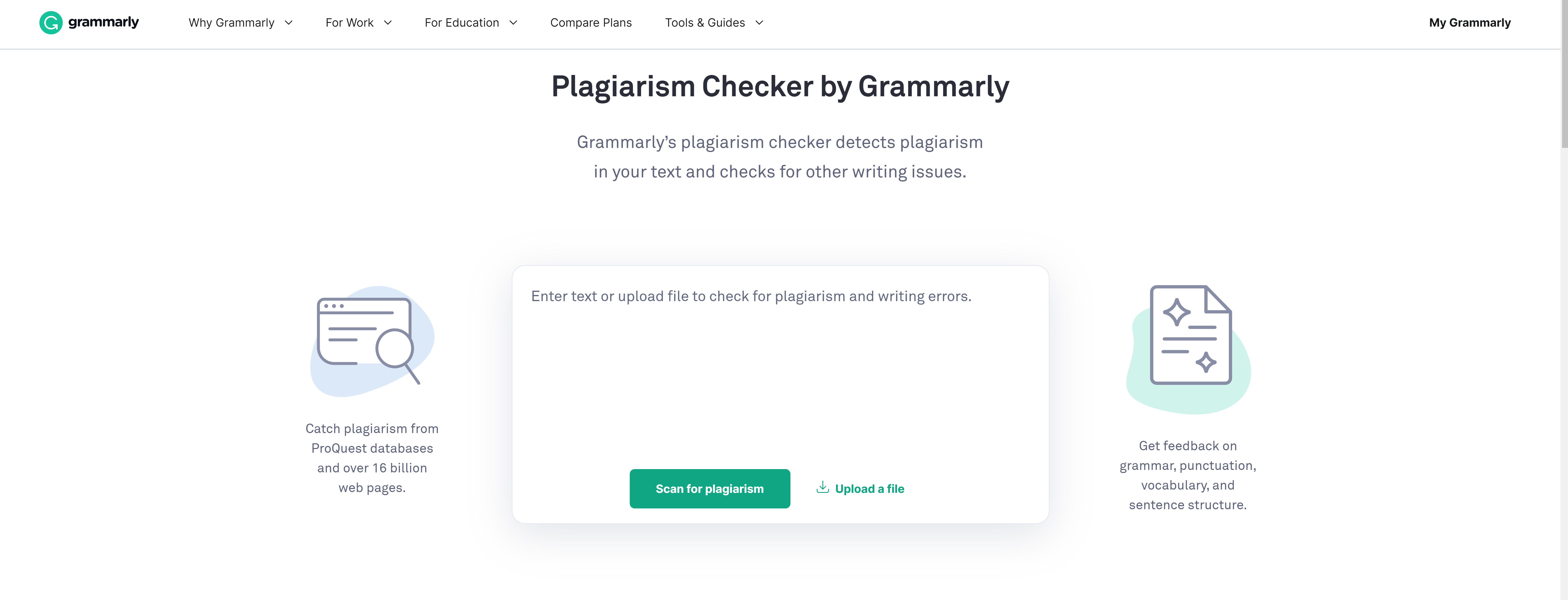 Screenshot from Grammarly.com, Dec 2022
Screenshot from Grammarly.com, Dec 2022
This page doesn’t stop there as it continues down to explain “why use a plagiarism checker?” and who its product is for, while ending with a call-to-action (CTA) to “check your text now.”
This is a common strategy used by other well-known companies like Adobe or Canva.
It works because visitors to your website are being presented with an immediate solution without even having to sign up.
It creates a positive user experience with your brand and begins the dance of reciprocity.
Schema Helps Produce Rich Results
Your feature page is a landing page, so you want it to convert.
You want to draw in eyes from the very first moment search results populate.
Utilizing schema, or structured data, can help your feature page stand out in SERPs by adding rich results. These rich results can provide a visual review rating, carousel, pricing, or other visual elements.
It costs nothing to implement, yet gives you a robust SERP entry beyond a single blue link to help you stand out from the competition.
Pop-Ups Are Out – Chat Bots Are In
Of the 30 websites examined, only one of them had a pop-up on the page, while 16 had chatbots, and 14 had neither.
I know I can’t be alone in celebrating the death of pop-ups.
Not only are pop-ups an intrusive feature that most people do not enjoy, but they can also contribute to a sensory overload for many individuals, so they are not accessible.
Domain Rating Is Important Until It Isn’t
Of the 30 feature pages studied, the average domain rating is 82, ranging from 57 to 96.
The chart below shows the sum of total keywords along with domain rating.
While the URLs with the most keywords tend to have higher domain ratings, it doesn’t show a very clear relationship in this chart.
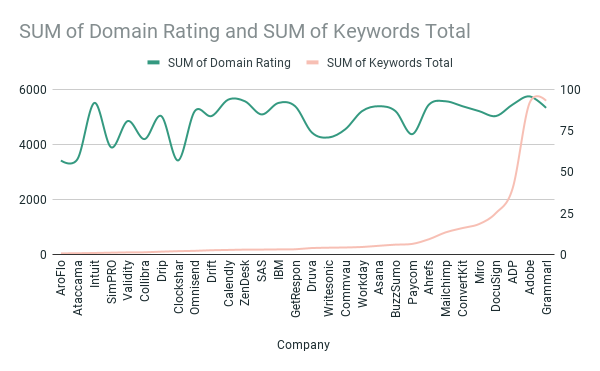 Screenshot from Ahrefs, December 2022
Screenshot from Ahrefs, December 2022
It tells me that it does help to have a strong domain rating over 50, but doesn’t mean that you need 96 to rank on the first page with a non-branded keyword.
Non-Branded Keywords For The Rest Of Us
Sadly, most companies do not have brand recognition.
So, while well-known brands can drop a feature page and not consider optimizing it for SEO, the rest of us have to get creative to bring in more qualified leads.
We have identified potential feature pages for non-branded keyword optimization and dug into the research to see what it takes to hit number one.
This is a solid framework to go out there and put this strategy into action.
I’d love to hear everyone’s thoughts on the topic, especially if you successfully implemented this strategy.
More resources:
SaaS Homepage SEO: Keywords, Linking & More Important KPIs To Measure For An Organic SaaS Campaign SaaS Content Marketing: A Complete GuideFeatured Image: amgun/Shutterstock

 KickT
KickT 









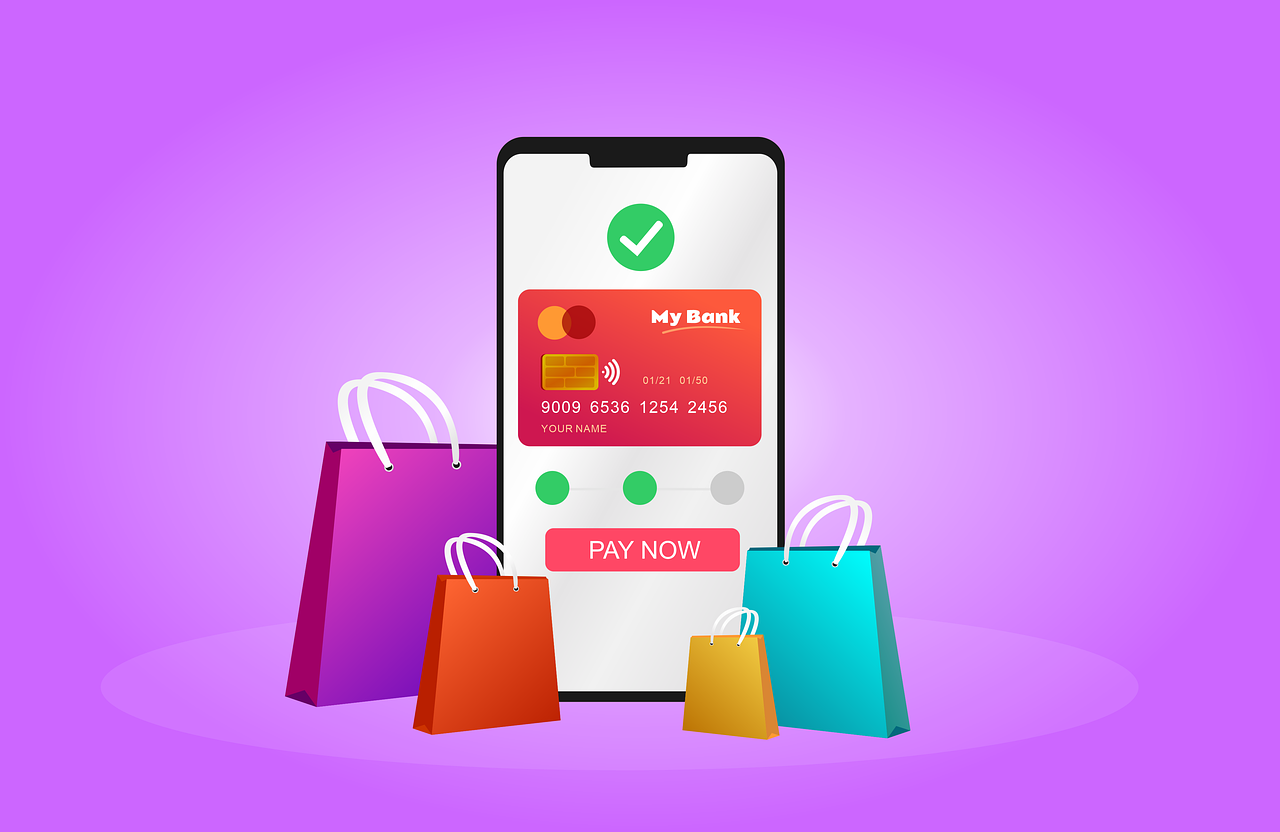
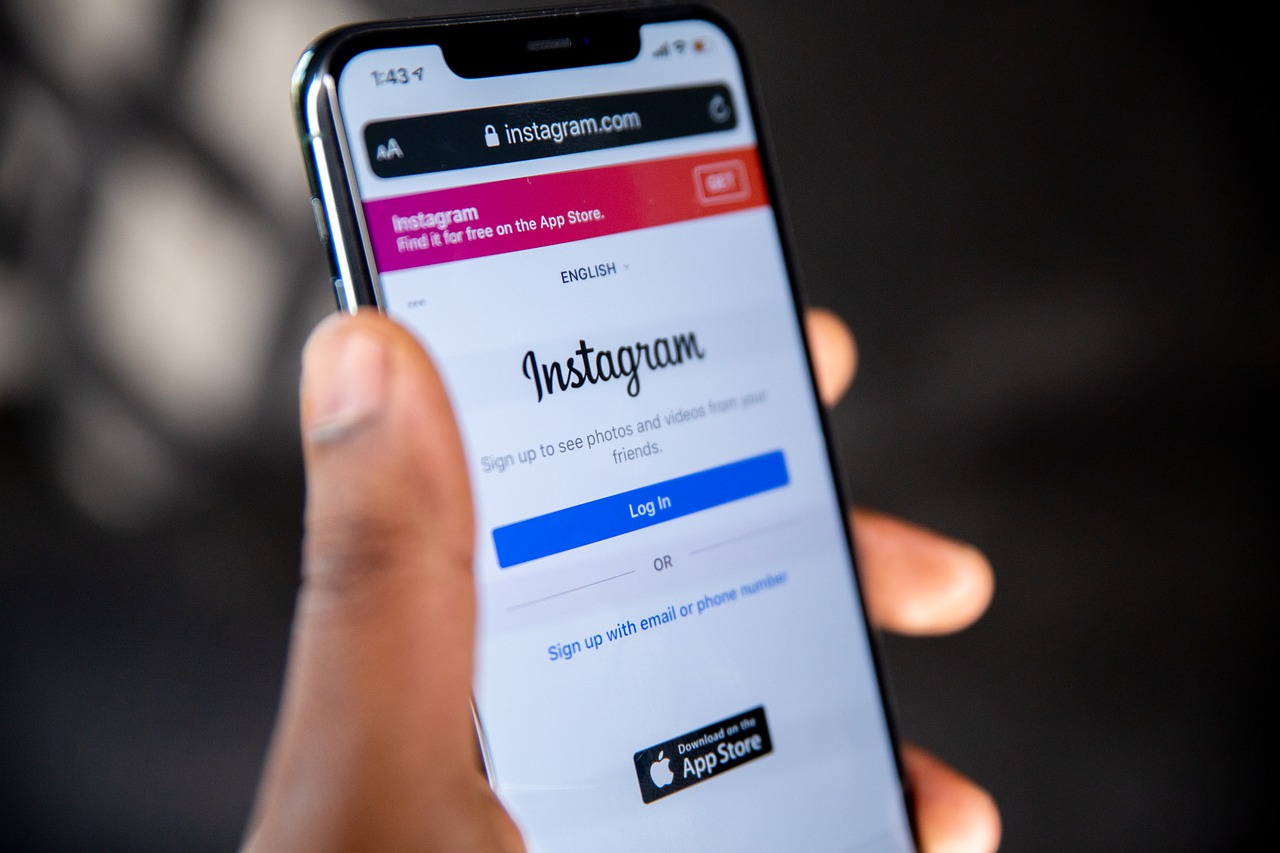








.jpg&h=630&w=1200&q=100&v=6e07dc5773&c=1)











